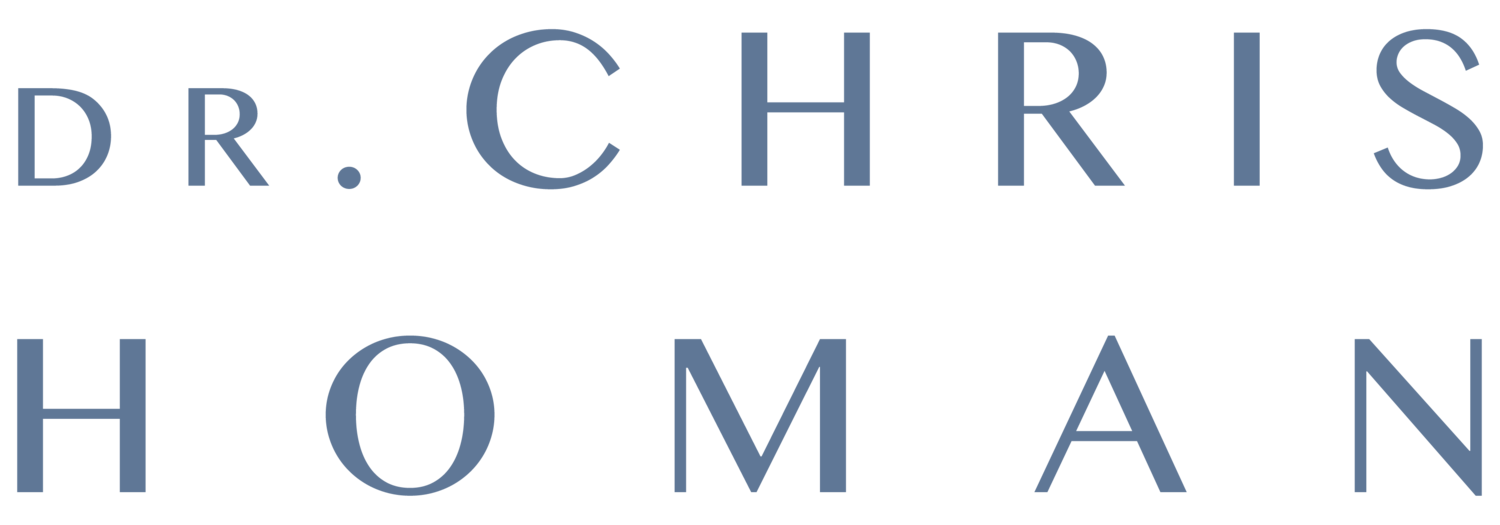In one-way or another, most physical therapies aim to influence the body’s neuromuscular “software”. That is, they aim to change the tension in the muscles and / or the firing of the nerves. The underlying principle is to improve the neuromuscular balance of the body so that function is increased and the likelihood of pain is decreased.
Unfortunately, a lot of physical therapy performed on patients is of limited effect because it focuses on treating the symptom rather than the cause. The best therapies seek lasting improvement by either reducing load from overloaded structures and /or decreasing the irritation of nerves. Some of the physical treatments that I use include:
Finch Therapy
A whole-of-body therapy that uses very specific, gentle muscle activations to retrain / reset chains of muscles that are out of balance. One of its strengths is that patients can repeat the specific activations for homework over one week to rehabilitate dysfunctional muscles and ensure more lasting improvement. I find this excellent for correcting the pelvic misalignments that are commonly associated with low back pain.
Positional Release Technique (aka Strain-Counterstrain; Jones Technique)
Seeks to reset muscle balance. It essentially works by shortening “overstretched” muscles, and thereby lengthening their opposing “shortened” antagonists. The process is “facilitated” by brief patient breath-holding and gentle pressure across the affected joints. The targeted muscles often gently twitch as they reset via the activation of a spinal reflex.
Muscle Energy Technique (aka Post Isometric Relaxation)
Another physical technique that aims to improve joint range by resetting neuromuscular balance. Generally a joint is moved up to the point of maximal restriction before the patient lightly contracts the muscles against the therapist’s resistance. The contraction can either be towards the restriction (direct) or away from it (indirect). The aim is to create a subsequent window of enhanced muscle relaxation in which the restricted muscle can be gently stretched further.
Balanced Ligamentous Tension
This is an extremely gentle osteopathic technique that aims to improve the balance of the soft tissues in the body. Typically, the skin and underlying fascia are gently moved in the direction of maximal ease and held there until some change occurs. It is then slowly allowed to return in the opposite direction, where the restriction will have reduced.
Joint Impulses
A targeted force is applied across a joint to help release it. This is occasionally used in the chest and ribs. I never perform this technique on the neck, as I believe that there are gentler techniques that can be used.
Targeted Stretching
Selected gentle home stretches are often prescribed to patients to help maintain improved function. It is critical that these stretches target the shortened muscles that are actually driving the problem. Note that these are usually not the muscles that actually hurt, as the sore ones are frequently already overstretched! The paradox is that stretching muscles that are already overstretched may feel good in the moment, but it generally increases the likelihood that they’ll keep hurting in the longer term.
Dr. Chris Homan
MBBS FRACGP FACRRM DRANZCOG PGDipMSM(Otago)

